Astronomy
-
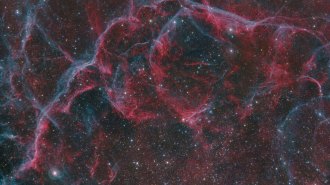 Physics
PhysicsExploding stars scattered traces of iron over Antarctic snow
Researchers melted half a ton of snow to find just 10 atoms of a radioactive variety of iron.
-
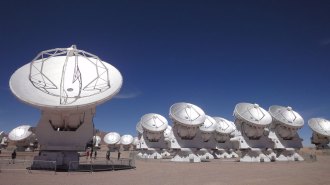 Astronomy
AstronomyGiant, active galaxies from the early universe may have finally been found
Overlooked galaxies from when the universe was younger than 2 billion years old could be the ancestors of other ancient and modern monster galaxies.
-
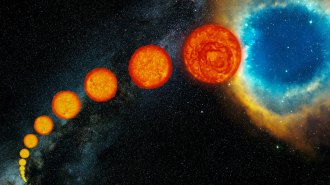 Astronomy
AstronomyStars may keep spinning fast, long into old age
NASA’s TESS telescope has spotted an old star that spins too fast for theory to explain, suggesting that stars may have a magnetic midlife crisis.
-
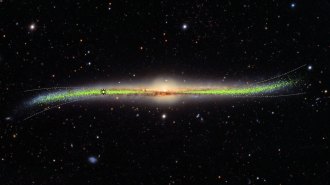 Astronomy
AstronomyA 3-D map of stars reveals the Milky Way’s warped shape
Our galaxy flaunts its curves in a chart of thousands of stars called Cepheids.
-
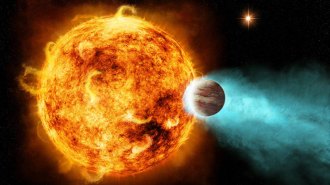 Astronomy
AstronomyTESS has found the first-ever ‘ultrahot Neptune’
NASA’s TESS telescope has spotted a world that could be a bridge between other types of exoplanets: hot Jupiters and scorched Earths.
-
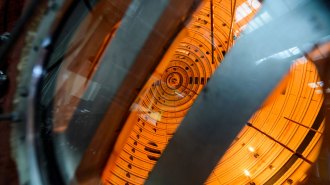 Astronomy
AstronomyIn a first, physicists re-created the sun’s spiraling solar wind in a lab
Some of the sun’s fundamental physics have been re-created with plasma inside a vacuum chamber
-
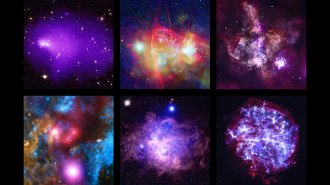 Astronomy
AstronomyNASA’s Chandra X-ray telescope celebrates 20 years in space
The U.S. space agency has released new images for the Chandra X-ray Observatory’s 20th birthday.
-
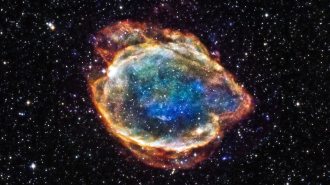 Cosmology
CosmologyScientists still can’t agree on the universe’s expansion rate
A mismatch in measurements of how fast the universe is expanding might not be real, a study hints.
-
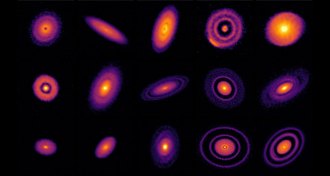 Astronomy
AstronomyGaps in gas disks around stars may not always mark newborn planets
New research has prompted a rethink of the theory that gaps in planet-forming disks around young stars mark spaces where planets are being created.
-
 Planetary Science
Planetary ScienceHow NASA has kept Apollo moon rocks safe from contamination for 50 years
NASA wouldn’t let our reporter touch the Apollo moon rocks. Here’s why that’s a good thing.
-
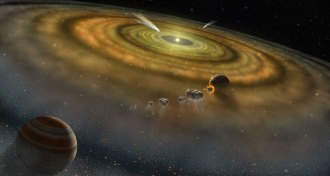 Astronomy
AstronomyMoons that escape their planets could become ‘ploonets’
If giant planets in other star systems lose their moons, the freed objects could become “ploonets,” and current telescopes may be able to find them.
-
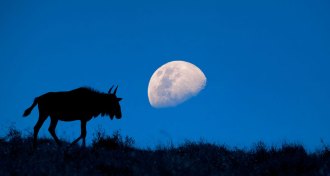 Ecosystems
EcosystemsMoonlight shapes how some animals move, grow and even sing
The moon’s light influences lion prey behavior, dung beetle navigation, fish growth, mass migrations and birdsong.
By Erin Wayman